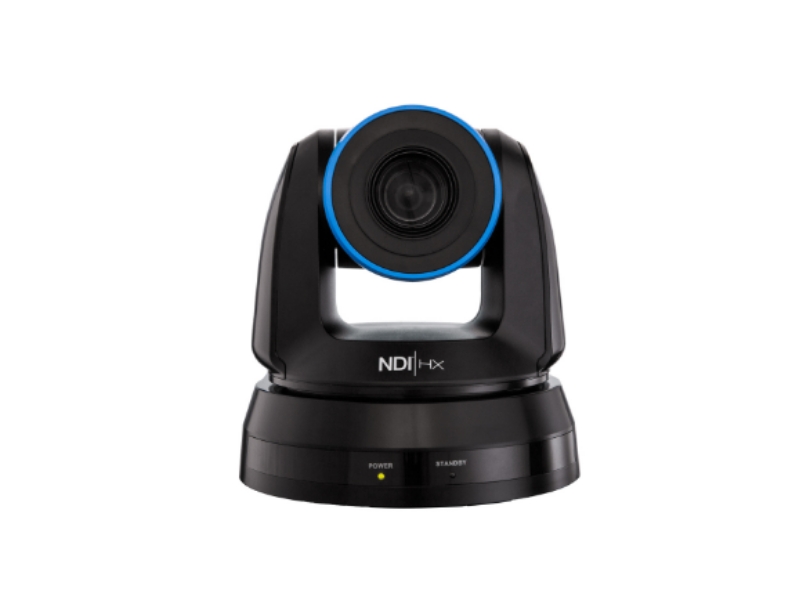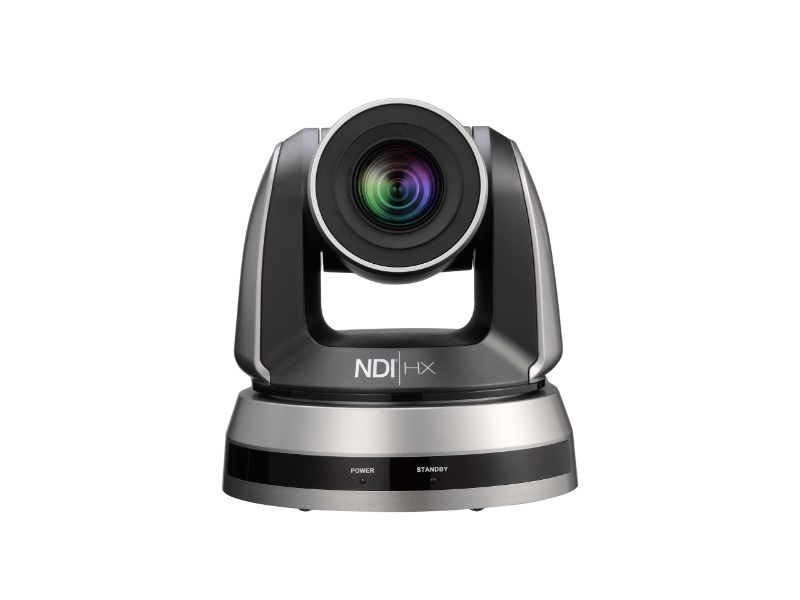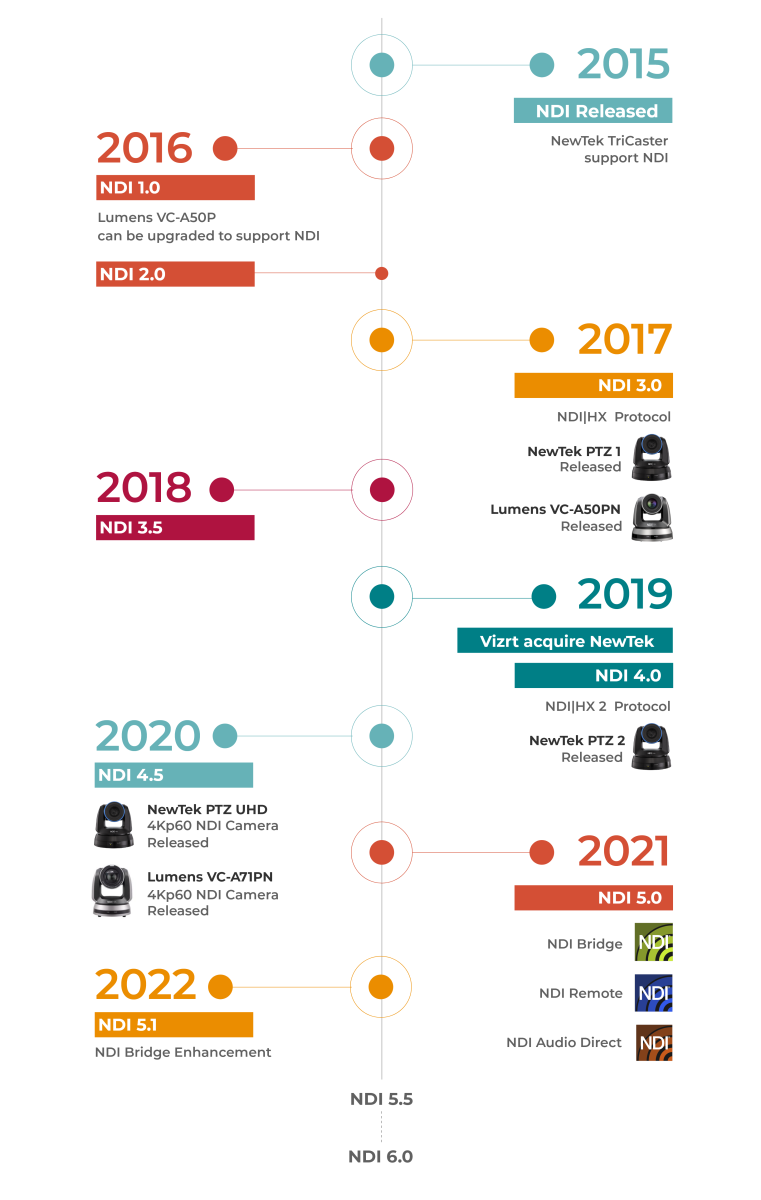【ProAV Lab】introNDI#07 - NDI and the Unstoppable Rise of Video over IP
Written by Kieron Seth, Product Marketing Director at Lumens
May 10, 2022 32283
.jpg)
In just a few brief years, NDI has become one of the world's most popular video protocols. It's great for transmitting AV over local and wide area networks. It's also perfect for IP-based video production and live broadcasting. NDI is becoming the format of choice for "connecting the world." In 2021, advances in NDI initiated a new IP-based video production era, making remote production and offsite collaboration possible. Let's see what NDI will bring us next!
- A Brief History of NDI
- Beginning of the Story
- NDI Emerging
- NDI Starts to Shine
- NDI 5.0 Revolution has begun
- Timeline
A Brief History of NDI
NewTek announced the NDI® video over IP protocol at IBC 2015 in Amsterdam. NDI, an abbreviation of Network Device Interface, is an open standard, mainly used for live video production and broadcast workflows, using IP (Ethernet networks) as the primary connection method. NDI allows applications and devices to transport high-quality, low latency video over gigabit Ethernet networks.
Beginning of the Story
It all started with NewTek. NewTek was founded in 1985 in Kansas, U.S. by Tim Jenison, who was known as the Father of Desktop video. After success with its Video Toaster product, NewTek launched TriCaster, an all-in-one studio that incorporates hardware and software for live switching, video and audio mixing, computer graphics, video effects, and virtual sets. TriCaster, was to become the very first product to adopt NDI.
NDI Emerging
At the 2015 launch of NDI, Dr. Andrew Cross, the creator of NDI and formerly CTO at NewTek, outlined the protocol's core value: "any NDI sources can be adopted by any NDI destination on the network." The TriCaster became the world's first device that integrated NDI, able at launch to receive up-to 12 NDI sources. Another important early adopter of NDI was VMix, a software-based video mixer that can process NDI inputs and deliver NDI outputs.
NDI 1.0 version was followed in 2016, by NDI 2.0, which allowed service discovery across subnets via Access Manager (NDI Tools).
NDI Starts to Shine
In 2017, version 3 of the NDI protocol was released, adding multicast support and other new features. NDI 3.0 introduced the high-efficiency mode known as NDI|HX with H.264 compression. NewTek also introduced the world's first high bandwidth NDI PTZ camera, PTZ1. Following suit, Lumens announced VC-A50PN, its first NDI product. Both PTZ1 and VC-A50PN are truly NDI plug-and-play devices. Lumens also announced that its VC-A50PN camera was the first model that could be upgraded to have NDI capability.

NewTek NDI PTZ1

Lumens VC-A50PN
From 2017 to 2019, many third-party products and services began to support NDI, including Microsoft Skype, Avid, EVS, and OBS. Vizrt acquired NewTek in 2019, and in the same year came the announcement of NDI® 4.0, which added multiple-TCP modes. NDI|HX2 protocol using H.265 compression was released in the same year. In 2020, NewTek released the world's first NDI®|HX UltraHD PTZ Camera, producing 4K 60P NDI video streams. Later, Lumens also announced VC-A71PN.

NewTek NDI PTZ UHD

Lumens VC-A71PN
NDI 5.0 Revolution has begun
2021 was a revolutionary year for NDI. In July, NDI 5.0 was released. While earlier versions were designed for use on local Ethernet networks, NDI 5 introduced Bridge, which opened up support for NDI over WANs and the global Internet. The growing suite of NDI Tools, enhanced further in 2022, increased the power and scope of the protocol, enabling greater security, audio control and compatibility with more third-party creative software products.
In March 2022, Vizrt Group initiated the future-facing NDI Advisory Board. The founding members include Michael Hallén, Vizrt Group CEO, and Dr. Andrew Cross, inventor of NDI and CEO of Grass Valley. "The NDI Advisory Board will harness the combined experience of panel of visionary experts to support and steer NDI as its adoption grows beyond the Media & Entertainment market."
The industry now awaits NDI 5.5, followed by NDI 6.0 which will no doubt continue to drive the video over IP revolution.
TIMELINE

Reference
- https://en.wikipedia.org/wiki/NewTek
- https://en.wikipedia.org/wiki/Network_Device_Interface
- https://www.newtek.com/press-releases/the-first-ndi-native-camera/
- https://www.newtek.com/press-releases/ptzuhd/
- https://www.newtek.com/press-releases/ndi-4.5/
- https://www.ndi.tv/blog/future-facing-advisory-board/

